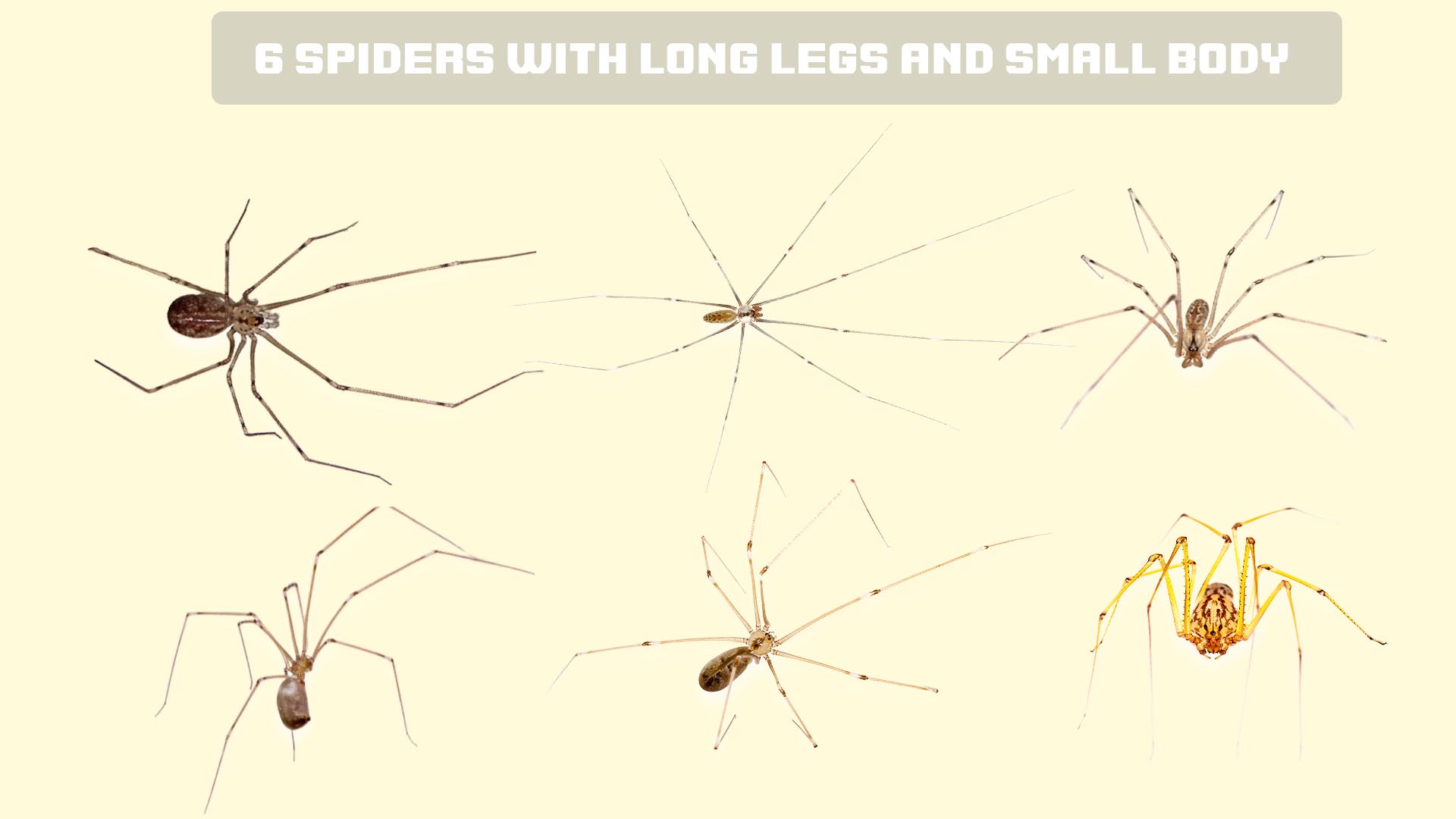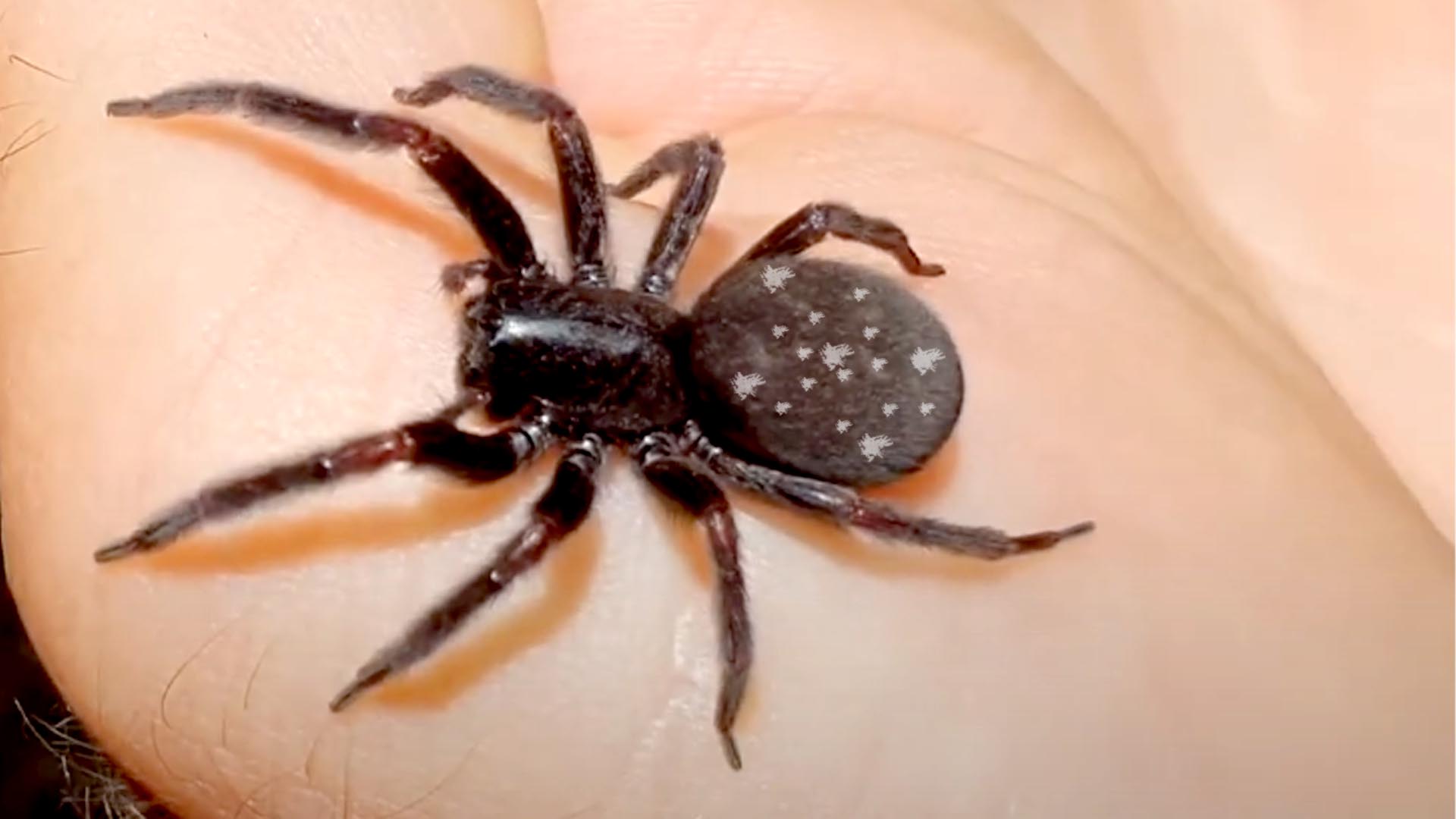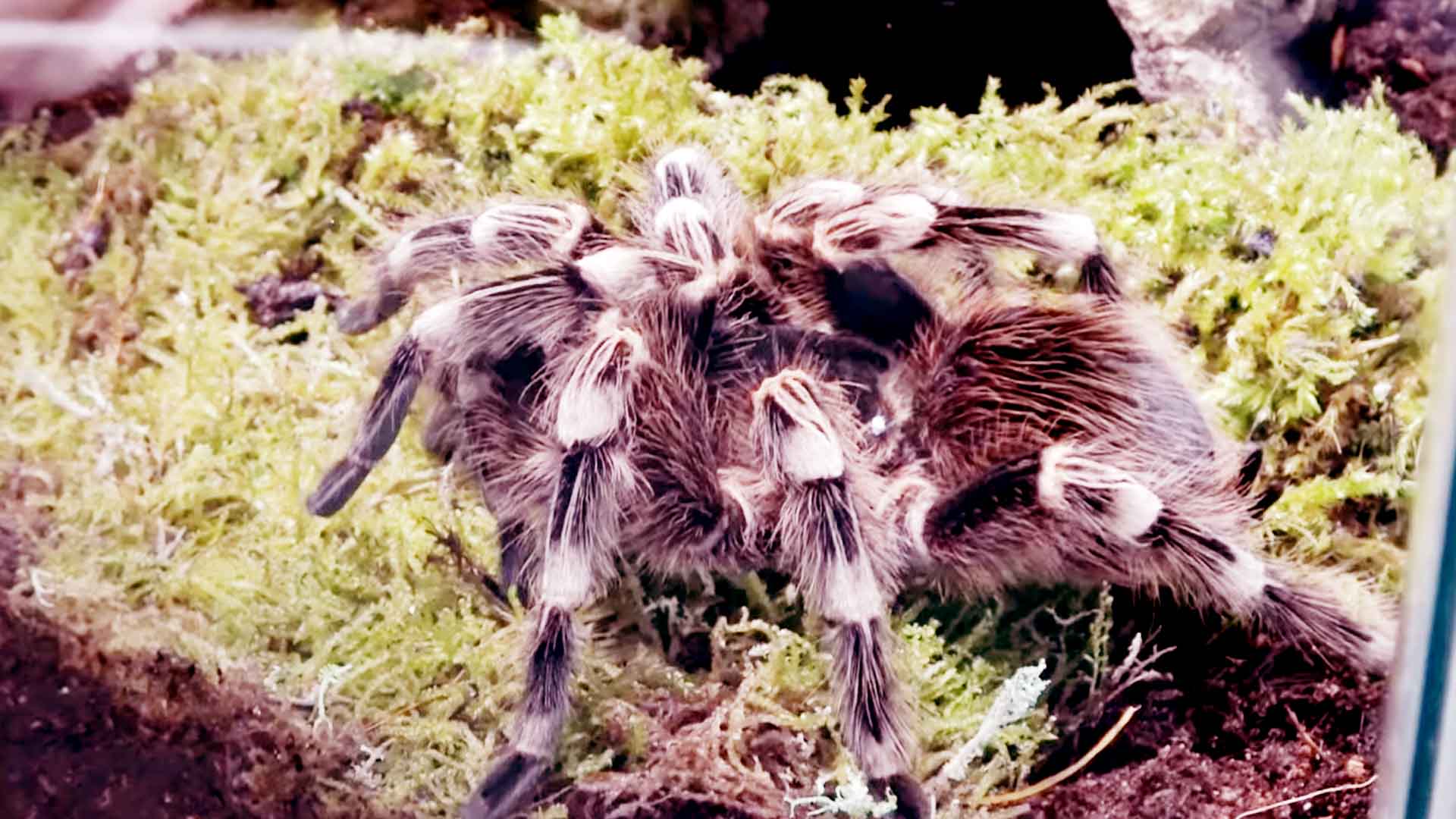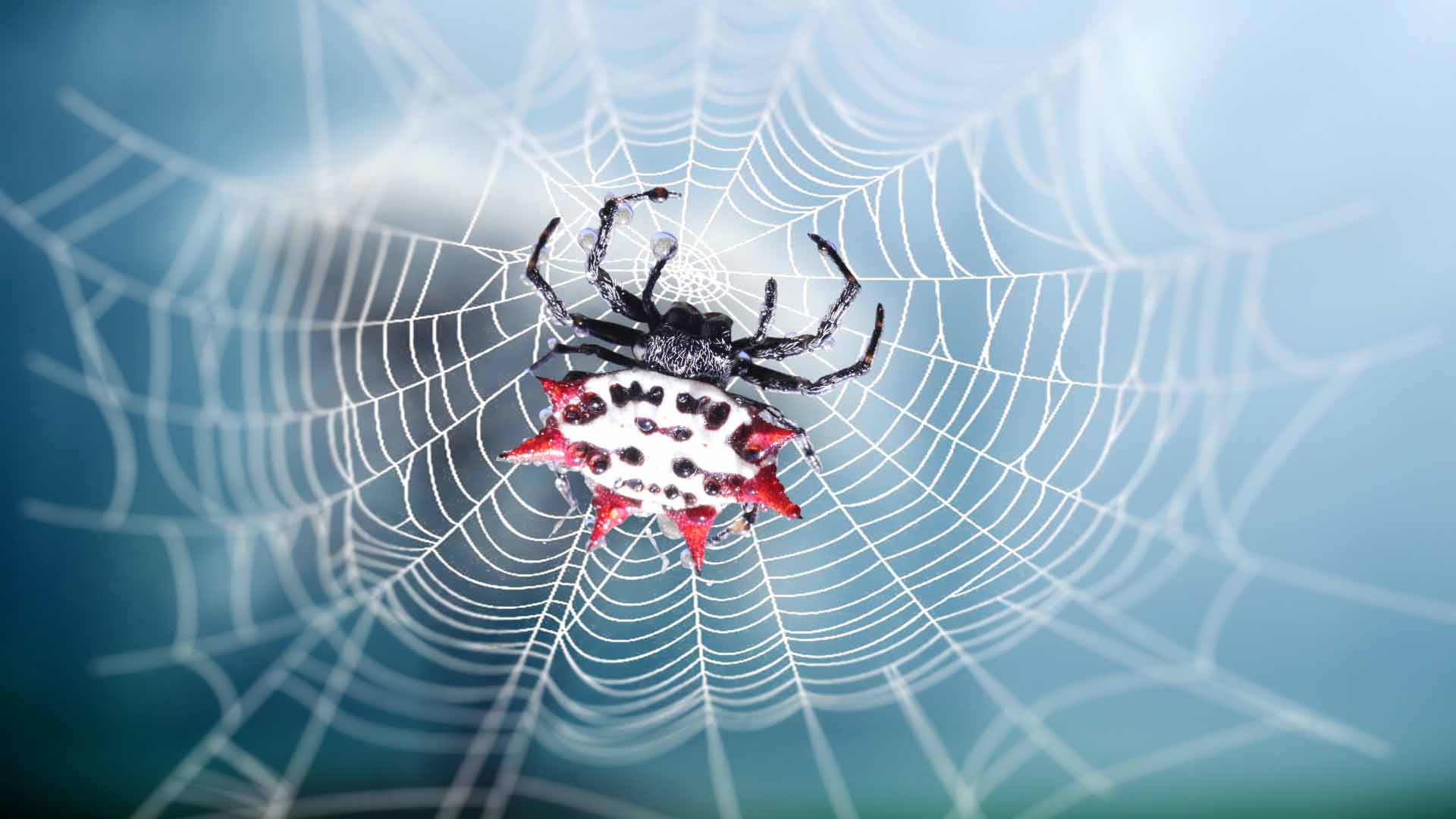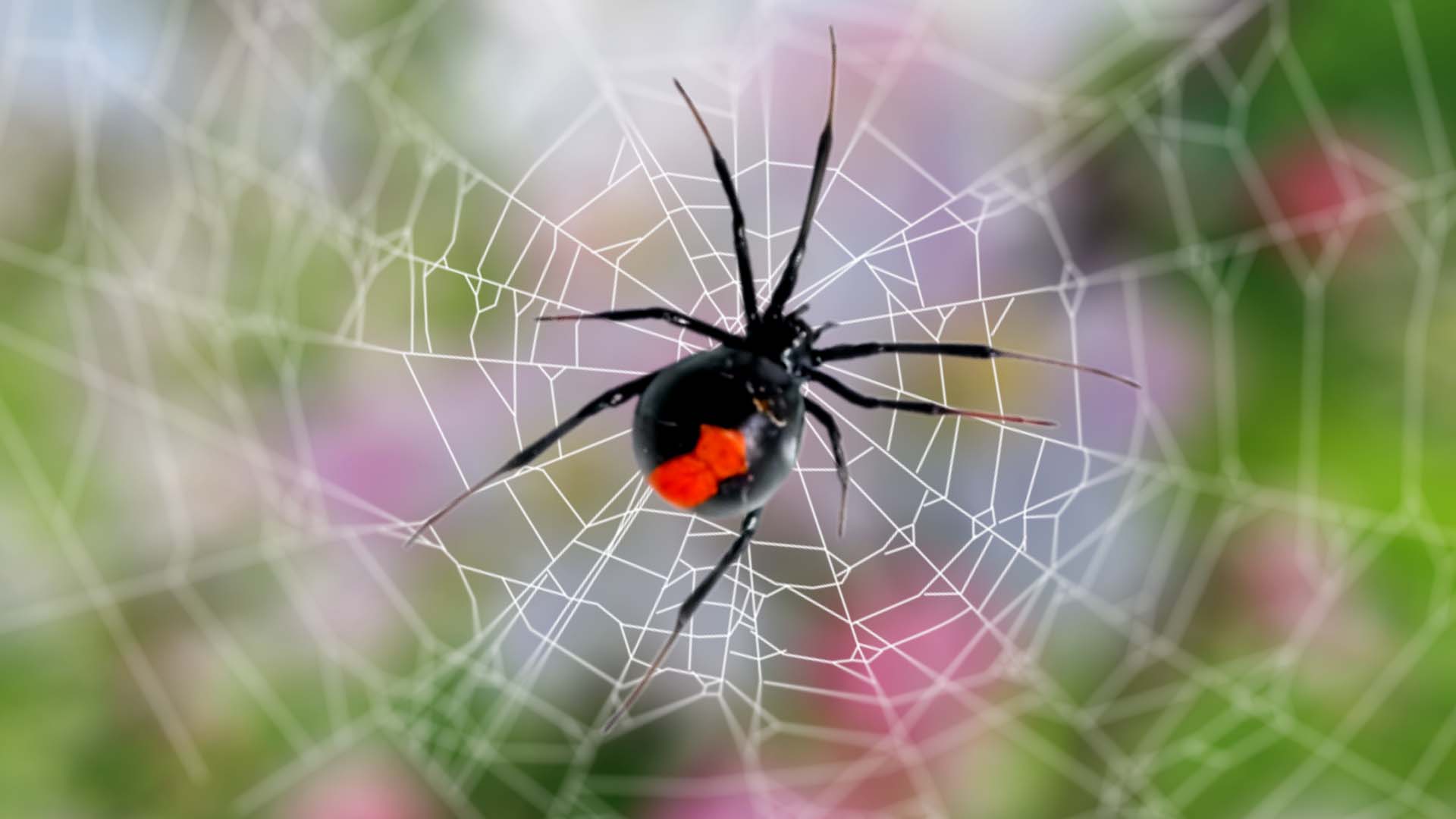Among the many species of spiders that inhabit our world, some stand out for their distinctive features, such as long legs and a small body. These spiders not only possess unique physical traits but also play important roles in various ecosystems.
Here we will introduce you to six remarkable spiders with long legs and small bodies: Short-Bodied Cellar Spider, Pale Daddy Longleg Spider, Marbled Cellar Spider, Long-Bodied Cellar Spider, Tailed Cellar Spider, and Giant Daddy Longleg Spider.
Short-Bodied Cellar Spider (Pholcus globosus)

The Short-Bodied Cellar Spider is scientifically known as Pholcus globosus. It has long and slender legs which often seem disproportionate to its tiny body. These spiders are commonly found in dark, secluded places such as cellars, basements, and caves, which explains their name. The body of the Short-Bodied Cellar Spider is small and globular, typically measuring around 4-6 millimeters in length.
One of the distinctive features of Pholcus globosus is its behavior when threatened. When disturbed, they exhibit a peculiar defense mechanism by vibrating rapidly in their webs.
Despite their somewhat intimidating appearance, Short-Bodied Cellar Spiders are harmless to humans. They primarily feed on small insects, including flies and mosquitoes. Contributing to natural pest control in the environments they inhabit.
Pale Daddy Longleg Spider (Smeringopus pallidus)
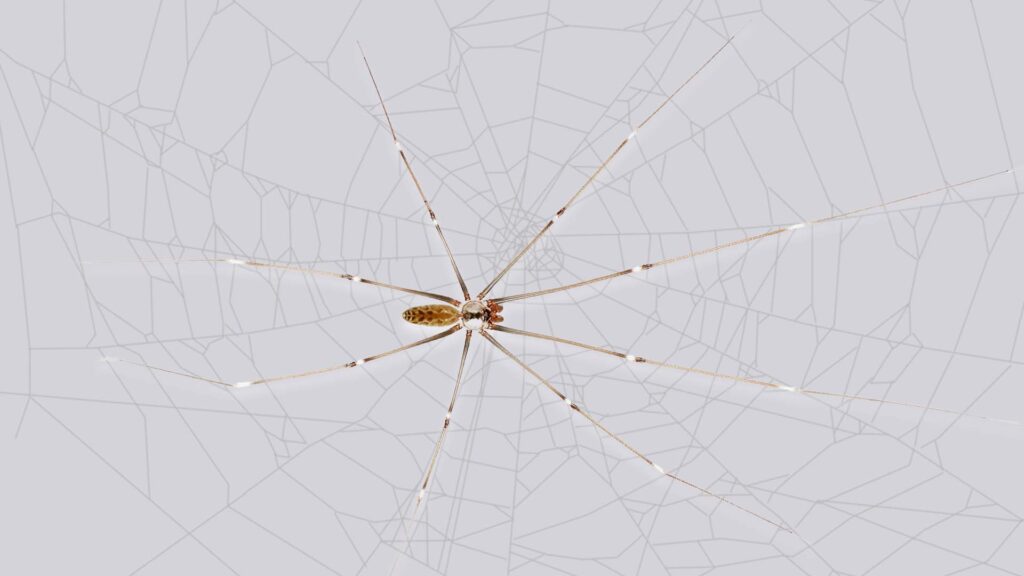
The Pale Daddy Longleg Spider has a small body with long legs. It is a small brown spider and it size around 3 to 5 millimeters. Its legs size around 30 to 33 millimeters.
Pale Daddy Longleg Spiders are commonly found in humid and dark environments, such as leaf litter, caves, and rotting wood. They are also known for their remarkable agility. Despite their fragile appearance, these spiders are skilled hunters, preying on small insects and other arthropods.
One noteworthy characteristic of Smeringopus pallidus is their elongated pedipalps, which resemble a second pair of legs and are often mistaken for such. These pedipalps are used in mating rituals and prey capture.
Marbled Cellar Spider (Holocnemus pluchei)
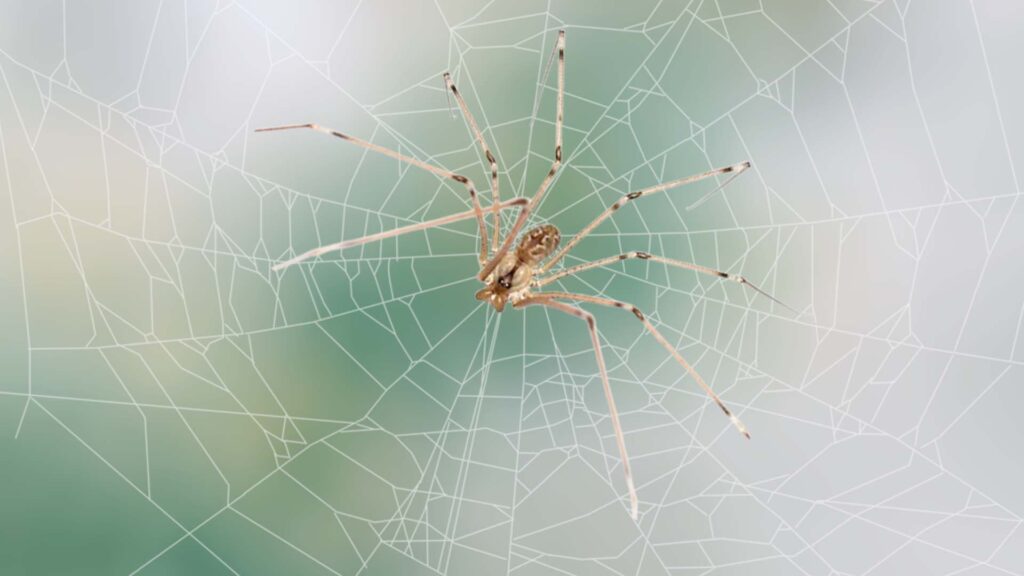
The Marbled Cellar Spider is a long-legged spider with a small body. Its size is around 3-5 millimeters and its leg size is around 30 millimeters. These legs are marked with a distinctive marbled pattern which sets them apart from other cellar spiders.
These spiders are skilled hunters who rely on their silk-producing abilities to construct intricate webs. It waits patiently for unsuspecting prey to become entangled. While their webs may be less conspicuous compared to those of other spider species. They are equally effective at capturing insects.
One interesting behavior exhibited by Marbled Cellar Spiders is their ability to play dead when threatened. They will often drop to the ground and remain motionless, mimicking a lifeless arachnid to deter potential predators. This survival strategy serves as an effective defense mechanism.
Long-Bodied Cellar Spider (Pholcus phalangioides)

The Long-Bodied Cellar Spider has a small body measuring around 4-6 millimeters in length. Its legs are incredibly long delicate legs that can span up to 7 centimeters or more. They are renowned for their ability to create complex and messy webs in corners and crevices.
These spiders are not considered dangerous to humans and are actually beneficial as they feed on a variety of pests, including flies, mosquitoes, and other small insects. Despite their delicate appearance. They are formidable predators, using their silk to immobilize and subdue their prey.
Tailed Cellar Spider (Crossopriza lyoni)
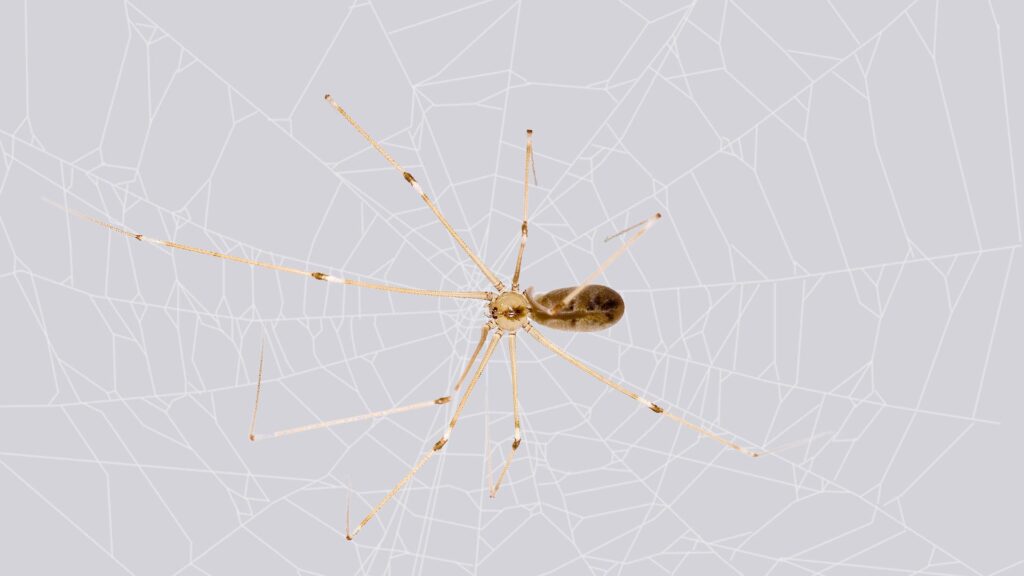
The Tailed Cellar Spider is scientifically known as Crossopriza long. It is a long-legged spider with a small body. What sets it apart from other cellar spiders is the presence of a long, whip-like “tail” that extends from the end of its abdomen. This tail is as long as its body, making the spider appear much larger than it actually is.
The Tailed Cellar Spider body is relatively small, typically measuring around 4-6 millimeters in length. The tail is used for sensory purposes and plays a crucial role in the spider’s ability to navigate its environment and detect vibrations in its web. This adaptation allows it to be a highly effective predator.
These spiders are often found in dark and secluded locations, including basements, caves, and root cellars. They construct intricate, irregular-shaped webs where they patiently wait for prey to become ensnared. Once trapped, they use their quick reflexes and venom to immobilize and consume their prey.
Giant Daddy Longleg Spider (Artema atlanta)
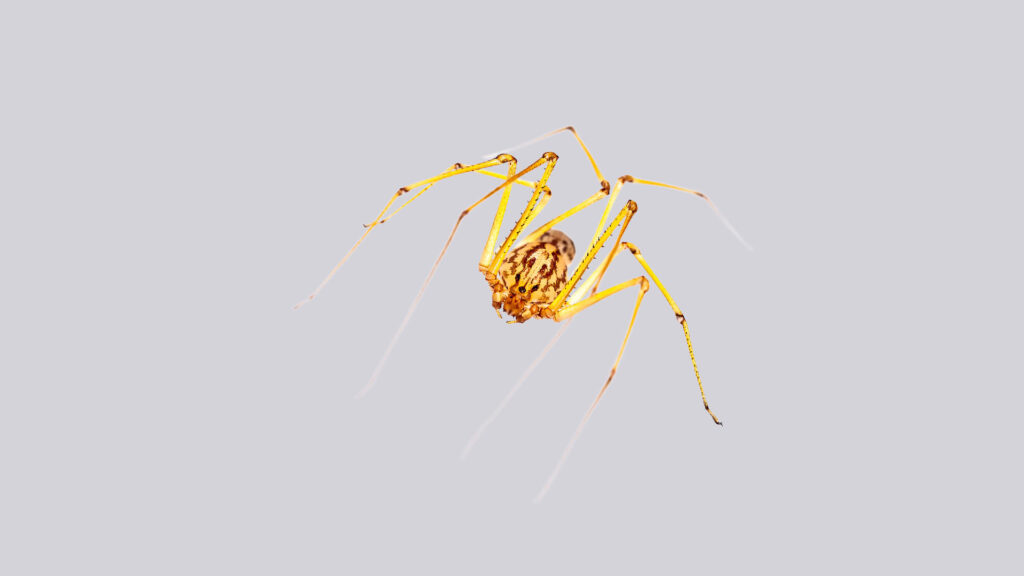
The Giant Daddy Longleg Spider is one of the largest spiders among the Dady spiders. It has long legs and it body length of up to 7 millimeters. Its legs are larger than its body. Its legs span a whopping 20 centimeters or more. These proportions create an awe-inspiring spectacle when encountering one of these spiders.
Artema atlanta is native to regions of the Caribbean, particularly the islands of Jamaica and Puerto Rico. Their distinctive size and appearance make them stand out even among other long-legged cellar spiders. These spiders, like their relatives, are harmless to humans and play a vital role in controlling insect populations in their ecosystems. You can also know about 7 Small Red Spiders In the House.
Conclusion:
These six spiders with long legs and small bodies are a testament to the incredible diversity and adaptability of arachnids. While their appearances may vary. They share common traits such as a small body and exceptionally long legs. Despite their sometimes intimidating appearance. These spiders play important roles in their ecosystems by contributing to natural pest control.

